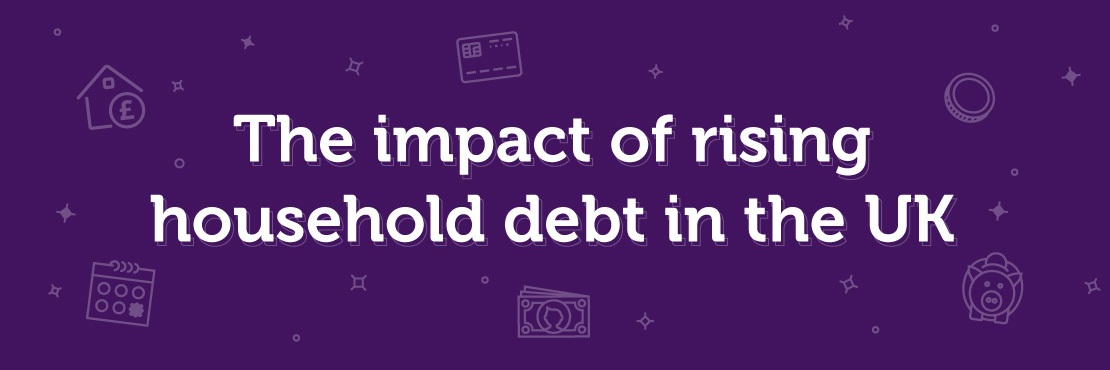
Do your customers want or need to call your business? With 89% of businesses competing mainly on customer experience and a 44% increase in call volumes since the start of the pandemic, learn how your business could reduce call volumes while improving the customer experience.
A key component to driving client retention and loyalty is the delivery of great customer service. There’s research to back this up, with 85% of consumers saying that it takes no more than two negative experiences before they stop doing business with an organisation.
What can businesses, particularly those within the financial services space, do when customer expectations are always going up rather than staying static?
Your call deflection strategy can help by focusing on understanding the customer’s needs and redirecting their enquiry to enable them to receive a quick and accurate response – more often than not, this is via a self-serve channel. This gives you the chance to offer a better customer experience, while reducing the burden on your contact centre staff.
Creating an effective call deflection strategy
There are three main areas to consider when creating an effective call deflection strategy: proactive customer communications, increasing self-serve options and technology implementation.
1. Be more proactive with customer communications
Speed of response is the factor customers rate as most important when it comes to a great customer experience. Plus, 38% of consumers expect a response to their queries within 3-5 hours. To adopt a more proactive approach to customer comms, why not implement automated messaging to deliver information before a customer picks up the phone?
For example, once a loan application is submitted, financial services providers could use SMS landing pages or create a Mobile Journey with Esendex to inform customers of what to expect throughout the next stages of the application process, provide them with answers to FAQs and reassure them that they will be updated via SMS/RCS/WhatsApp.
Find out more about SMS for financial services
As is the case with any communication strategy, for this to be effective, the messages need to be both received and read. So, it’s important to know your customer preferences and offer the channels they like to use, whether it’s one or multiple (in which case, you should consider creating a multichannel messaging strategy).
2. Offer a range of self-serve options
Empowering customers to resolve their own queries is essential for effective call deflection. Not only does this help free up your customer service team to focus on higher value tasks and more complex cases, but it’s what the majority of customers want. In fact, one in three customers (37%) would prefer to manage their own financial affairs.
For this approach to be effective, make sure your customers have access to as much relevant information as possible. While more than 77% of consumers have used a customer portal, over half say lack of information is the main reason they can’t resolve an issue on their own.
Analyse your customer data to identify frequently asked questions and provide resources or links to a well-organised knowledgebase. In case an issue cannot be resolved, make it easy for customers to escalate their case to a human agent.
3. Implement the right technology
According to our global customer experience survey, the things that frustrate customers the most include:
- Unhelpfulness
- Taking too long to respond
- Going round in circles
- Chats timing out
- Being treated like a ticket rather than a human
By implementing technology, you can support the efficient delivery of customer service processes. This can include:
- Offering alternative comms channels for resolving customer queries.
- Integrations that create one source of data truth so customer service reps can personalise interactions to the individual customer and easily pick up cases where another rep left it (no need to ask the customer to repeat themselves).
- Allowing for asynchronous communication so customers can reply as and when it suits them. Chats no longer need to time out, nor will customers have to wait on hold!
- Enabling customer service reps to manage multiple queries at once.
How are you planning to improve your call deflection strategy?
By reducing the number of incoming customer calls, an effective call deflection strategy can minimise the pressure on your customer service team and help your customers get the answers they need.
Provide a range of customer support channels, from live chat and mobile messaging to knowledge bases and interactive onboarding. In doing so, you can ensure that all customers get the chance to self serve and that the calls that do come through are the ones that need to be managed by a human agent.
Want to get started with an effective call deflection strategy? Please get in touch with our team on 0333 258 1722, or email [email protected] where we’ll direct you to one of our experts.



